Are you ready to take your affiliate marketing game to the next level? With the right SEO strategies, you can skyrocket your traffic and conversions.
In this guide, we’ll explore 20 powerful SEO tips designed specifically for affiliates. From keyword optimization to link-building techniques, each tip is crafted to help you attract more visitors and boost your earnings.
Let’s get into the nitty-gritty of making your site a traffic magnet!
Contents
- 1. Keyword Research is Key
- 2. Optimize Your Website Structure
- 3. Create Quality Content Regularly
- 4. Utilize On-Page SEO Techniques
- 5. Build a Strong Backlink Profile
- 6. Optimize for Mobile Users
- 7. Leverage Social Media for Traffic
- 8. Use Video Content to Engage
- 9. Focus on Local SEO
- 10. Analyze Your Performance Regularly
- 11. Use Email Marketing Strategically
- 12. Implement Schema Markup
- 13. Keep an Eye on Competitors
- 14. Improve Page Load Speed
- 15. Use Engaging Visuals
- 16. Write Compelling Meta Descriptions
- 17. Encourage User-Generated Content
- 18. Optimize Your Images
- 19. Use Analytics to Refine Your Strategy
- 20. Stay Updated on SEO Trends
1. Keyword Research is Key

Understanding the right keywords to target is critical in affiliate marketing. Use tools like Google Keyword Planner or Ahrefs to discover high-traffic, low-competition keywords that can make a difference in your content strategy. If you’re looking for an accessible option, consider the best free keyword research tool, which simplifies finding relevant keywords without breaking the bank.
Focus on long-tail keywords that relate directly to your niche. For example, instead of using ‘shoes,’ aim for ‘best running shoes for flat feet.’ This specificity attracts users who are more likely to convert into buyers. An effective strategy includes identifying the search intent behind each keyword, analyzing competitor keywords, and updating your keywords quarterly to stay relevant.
To dive deeper into SEO strategies, you might find 3 Months to No.1: the “No-Nonsense” SEO Playbook for Getting Your Website Found on Google to be an invaluable resource. It provides insights that can enhance your understanding and implementation of effective SEO practices.
Make sure to sprinkle these keywords naturally throughout your content to improve your SEO rankings. Additionally, if you’re looking to optimize your content further, check out the combinatorial optimization: algorithms and complexity book, which can offer unique algorithms and techniques for refining your content strategy.
2. Optimize Your Website Structure
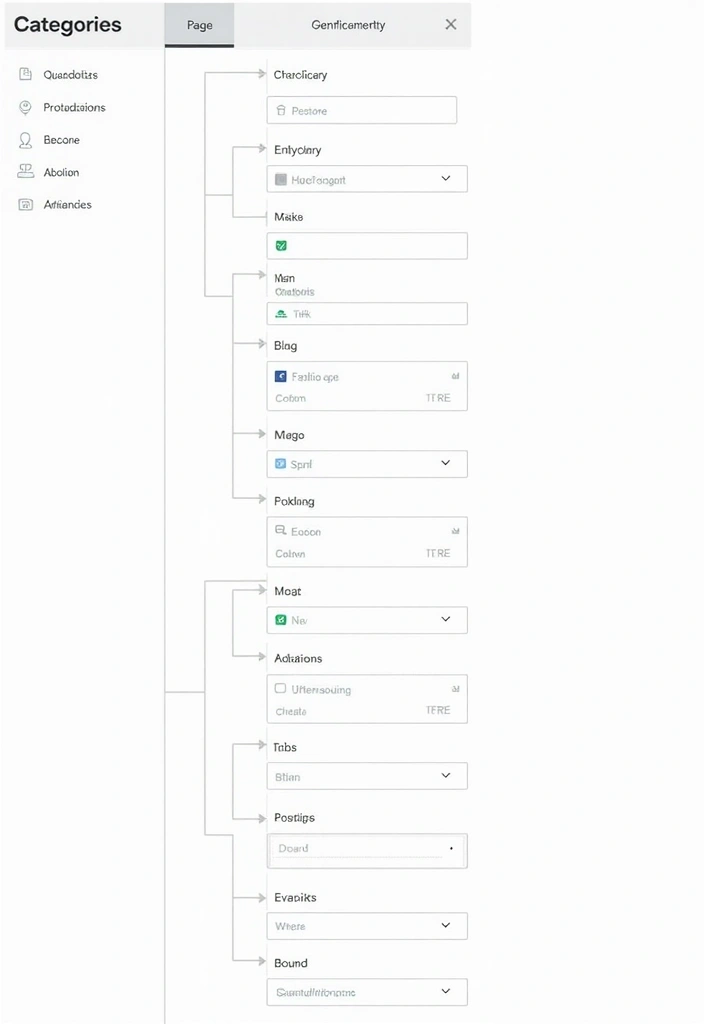
A well-structured website enhances user experience and helps search engines crawl your site efficiently. Start by organizing content into clear categories and subcategories.
Using an easy-to-navigate menu and including a sitemap can significantly improve the usability of your site. A great resource to help you optimize your website structure is the Website Structure Guidebook, which provides practical advice for organizing your content effectively. This not only helps visitors find what they need but also allows search engines to index your pages better.
Additionally, consider adding internal links between related articles and keeping URLs short and descriptive. Implementing breadcrumb navigation can also facilitate easier backtracking for your users, ensuring they’re not lost while browsing.
For those looking to create a sitemap quickly and easily, the Sitemap Generator Tool is an excellent choice. This tool can help ensure that your site’s structure is clear to both visitors and search engines alike.
An organized site will lead to longer visitor retention and lower bounce rates. To take your SEO efforts further, consider using the SEO Optimization Software. This software is designed to assist you in implementing effective optimization strategies that can contribute to your website’s success.
By optimizing your website structure with these tools, you’ll create a more user-friendly experience that drives traffic like crazy!
3. Create Quality Content Regularly

Quality content is the backbone of any successful affiliate marketing strategy. Focus on producing well-researched, engaging articles that provide real value to your audience.
Aim for a mix of how-to guides, reviews, and comparison articles tailored to your affiliate products. Remember, the more helpful your content is, the more likely it is to be shared!
Some tips for creating content include:
– Writing detailed, in-depth articles of at least 1,500 words. For guidance on crafting compelling content, consider using the Content Writing Guidebook, which offers valuable insights to enhance your writing skills.
– Updating older articles with new information or insights to keep your content relevant and fresh.
– Incorporating multimedia like videos or images to enhance appeal. A great way to elevate your visuals is by using high-quality images from a stock photo subscription, such as the Stock Photo Subscription, which offers glossy photo prints to make your articles pop.
If you’re looking to add video content, utilizing effective editing tools can make a significant difference. Check out the Video Editing Software pack that includes everything you need to create engaging videos, from editing to adding sound effects.
Quality content establishes authority and builds trust, both vital for driving conversions.
4. Utilize On-Page SEO Techniques

On-page SEO refers to the optimization of individual web pages to rank higher. Start with headings; use H1 for titles and H2/H3 for subheadings to make your content scannable.
Incorporating keywords in your title, meta descriptions, and image alt text is essential for effective SEO. A great resource to help you with this is the SEO keyword research tool, which guides you in finding profitable keywords with low competition, ensuring that your content is aligned with what users are searching for.
Additionally, keep in mind the following tips:
– Use bullet points for readability.
– Maintain a keyword density of about 1-2%.
– Ensure your content answers users’ queries directly.
For more in-depth strategies, consider checking out the SEO guidebook. This resource provides smart internet marketing strategies that can enhance your overall SEO efforts.
These practices not only improve SEO but also enhance user engagement, leading to higher conversion rates. Utilizing content optimization software can also streamline your efforts by analyzing and perfecting your content, making sure it meets both SEO standards and user expectations.
5. Build a Strong Backlink Profile

Backlinks are a powerful component of SEO. They signal to search engines that your site is credible and relevant. To build a strong backlink profile, focus on earning high-quality backlinks from reputable sites in your niche.
Consider guest posting, partnering with influencers, or participating in relevant forums to get your links out there. A great tool to help you monitor and analyze your backlinks is the Moz Pro Subscription, which offers insights that can help you understand your site’s authority and refine your strategy.
Here’s how to build effective backlinks:
– Create shareable infographics or data-driven content that others want to link to.
– Reach out to other bloggers for collaboration opportunities.
– Use tools like the SEO Backlink Checker Tool to track your efforts and ensure you’re on the right path.
A diverse backlink profile can dramatically improve your site’s authority and search rankings, so make use of these resources to enhance your strategy!
6. Optimize for Mobile Users

With more users accessing the web via mobile devices, optimizing for mobile is crucial. A responsive design ensures that your site looks good and functions well on all screen sizes. If you’re looking to enhance your mobile experience, consider using a responsive website design template. This resource provides a simplified guide to developing a strong coding foundation and building responsive websites that cater to mobile users.
Additionally, tools like Google’s Mobile-Friendly Test can help you assess your site’s functionality. To further improve performance, don’t forget to optimize images for faster loading. An effective option for this is the image optimization tool, which can help reduce image sizes without sacrificing quality.
Make sure to use large, easily clickable buttons and keep your content short and to the point for mobile readers. Mobile optimization not only improves user experience but also positively impacts search rankings.
7. Leverage Social Media for Traffic

Social media platforms are excellent for driving traffic and building your brand. Create engaging posts that resonate with your target audience and share your content regularly. To help you with this, consider using a social media management tool, which can streamline your efforts and increase engagement across various platforms.
Platforms like Instagram, Pinterest, and Twitter can help you showcase your affiliate products effectively. Remember to:
– Use relevant hashtags to reach a broader audience. A hashtag research tool can provide valuable insights into trending tags that will boost your visibility.
– Join niche-specific groups to share insights and articles, allowing you to connect with like-minded individuals.
– Schedule posts to maintain consistent engagement. A well-planned strategy can keep your audience interested and engaged over time.
Additionally, a content creation guide can offer tips and ideas to create compelling posts that attract your target audience. Social media helps create a community, driving traffic back to your website and increasing the likelihood of conversions.
8. Use Video Content to Engage

Video content is becoming a dominant force in digital marketing. Creating product reviews, tutorials, or informative videos can significantly enhance engagement and drive traffic. To get started, you’ll want to ensure you have the right equipment.
Consider using the UBeesize 12” selfie ring light with 62’’ tripod stand for video recording. This ring light not only provides excellent lighting, which is crucial for clear and professional-looking videos, but the tripod stand also allows for stable shooting angles, making your content look polished.
Additionally, a SENSYNE 62″ phone tripod & selfie stick can be a game-changer. This extendable tripod comes with a wireless remote, making it easy to capture those perfect shots without needing someone else to film for you. It’s compatible with both smartphones and cameras, giving you flexibility in how you create your content.
Also, don’t overlook the importance of audio quality in your videos. The JOUNIVO USB microphone is designed with noise-canceling technology to ensure your voice comes through clearly, which is vital for tutorials and product reviews. This microphone features a gooseneck design for adjustable positioning, allowing you to find the ideal setup for capturing your voice.
To maximize the effectiveness of your video content, embed these videos in your blog posts or share them on social media to attract more viewers. Some effective strategies include keeping videos short and informative, including call-to-action prompts in video descriptions, and optimizing video titles and descriptions for SEO.
Video content can create a deeper connection with your audience, increasing the chances of conversion. With the right tools at your disposal, you’ll be on your way to driving traffic like crazy!
9. Focus on Local SEO
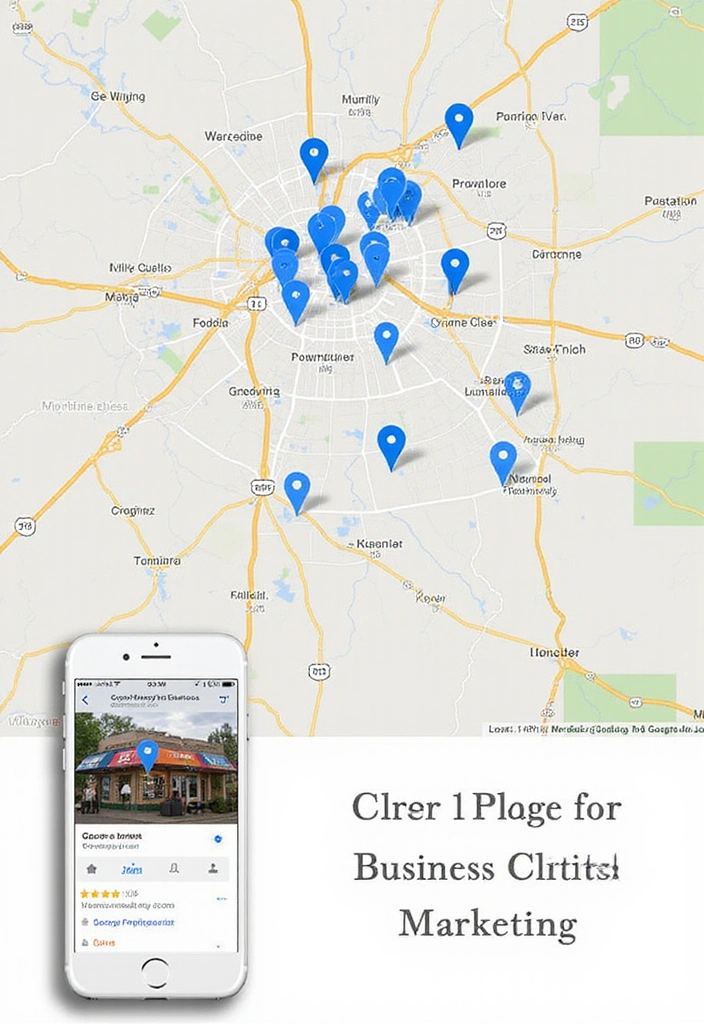
If your affiliate products have a local angle, optimizing for local SEO is essential. Use local keywords and create content that resonates with users in specific geographic areas. To assist you in this process, consider using an SEO keyword research tool to identify the best local keywords that will attract your target audience.
Claim your Google My Business listing and encourage customer reviews to boost your local presence. To improve local SEO, consider these tips:
– Create localized content such as regional guides.
– Use schema markup to help search engines understand your business better and enhance your visibility.
– Participate in community events and document them on your site.
For more in-depth strategies, the local SEO guidebook is a great resource that can help you optimize your approach effectively.
Local SEO can help attract a more targeted audience, enhancing your traffic and conversions.
10. Analyze Your Performance Regularly

Regularly assessing your SEO performance is vital for ongoing success. Tools like Google Analytics for beginners can help you track your traffic sources, page views, and user behavior effectively.
By analyzing this data, you can identify what content resonates best with your audience and adjust your strategy accordingly. Key performance indicators include:
– Bounce rate: A high rate indicates disengagement.
– Average session duration: Longer sessions suggest compelling content.
– Conversion rate: Analyze how many visitors are taking action.
In addition, consider using resources like SEO 2025: Learn search engine optimization with smart internet marketing strategies for valuable insights on keeping your SEO efforts relevant and effective.
For a more comprehensive approach to data analysis, you might find Data Analytics Software a Complete Guide – 2021 Edition particularly useful. It provides in-depth strategies and tools that can enhance your ability to interpret data and make informed decisions.
Being proactive in performance analysis ensures you’re always optimizing for the best results.
11. Use Email Marketing Strategically

Email marketing is still one of the most effective ways to drive traffic. Build an email list by offering incentives like free eBooks or exclusive discounts in exchange for sign-ups. To help you get started on the right foot, consider checking out the email marketing blueprint – the ultimate guide to building an email list asset, which provides strategies for growing your list effectively.
Send regular newsletters featuring your latest blog posts, product reviews, and special offers. To enhance your email marketing efforts, consider email marketing software that leverages artificial intelligence to optimize your campaigns and improve engagement.
Additionally, think about segmenting your audience to tailor your messages, personalizing your emails to boost engagement, and including clear calls to action that drive traffic back to your site. A strong email strategy keeps your audience informed and engaged, leading to higher traffic and conversion rates.
12. Implement Schema Markup
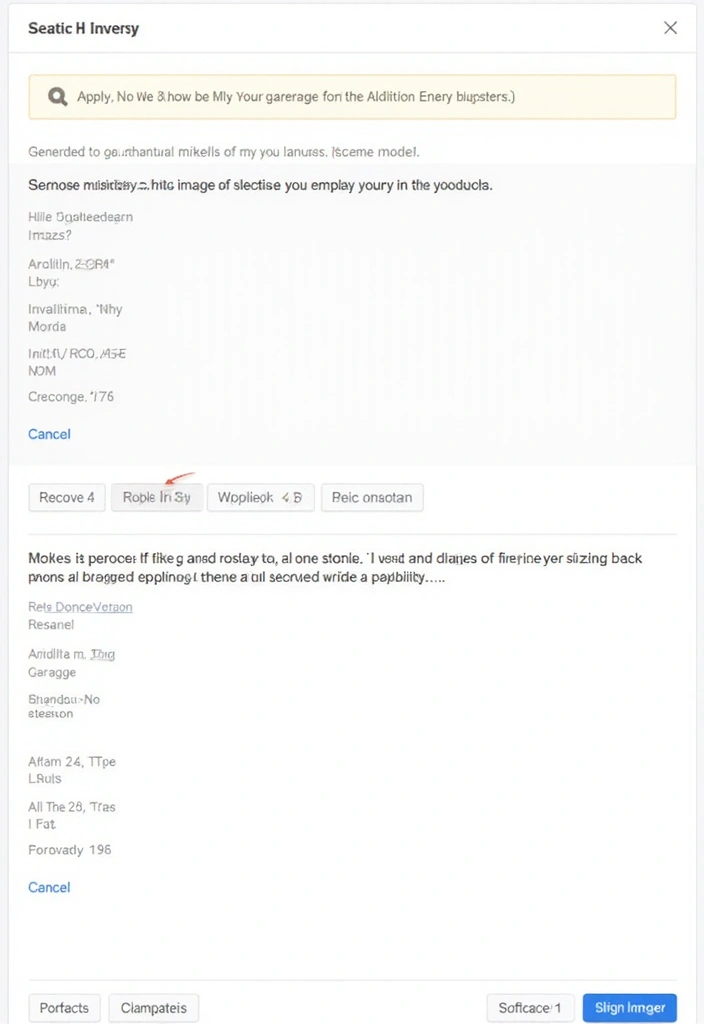
Schema markup helps search engines understand your content, boosting your chances of appearing in rich snippets, which can significantly enhance your visibility in search results. Applying schema to product reviews, events, or FAQs on your website provides more context, making it easier for search engines to categorize your content.
The benefits of implementing schema markup include increased click-through rates, higher rankings in SERPs, and an enhanced user experience with more informative search results. To streamline this process, consider using a schema markup generator tool. This tool can simplify the creation of structured data, allowing you to focus on other aspects of your affiliate marketing strategy.
For a deeper understanding of how to optimize your website for search engines, the book SEO Book: the new rules of SEO provides a comprehensive playbook that can help you get your website found on Google.
Investing time in schema markup can differentiate your content from competitors, improving traffic and engagement. If you’re also looking to enhance your overall affiliate marketing skills, consider picking up Affiliate Marketing Guide, which covers essential strategies for maximizing your online revenue.
13. Keep an Eye on Competitors

Monitoring your competitors can provide valuable insights into effective strategies in your niche. Using tools like SEMrush allows you to analyze their keywords, traffic sources, and backlink strategies. This can help you identify what works for them and adapt it to your strategy while maintaining your unique voice.
Additionally, considering a social media analytics tool can enhance your understanding of their content strategies and engagement metrics. By noting their social media presence and promotions, you can gain insights into how they engage with their audience and craft effective customer engagement techniques.
Competitor analysis keeps you informed about industry trends, allowing you to stay ahead while building your own unique brand presence.
14. Improve Page Load Speed
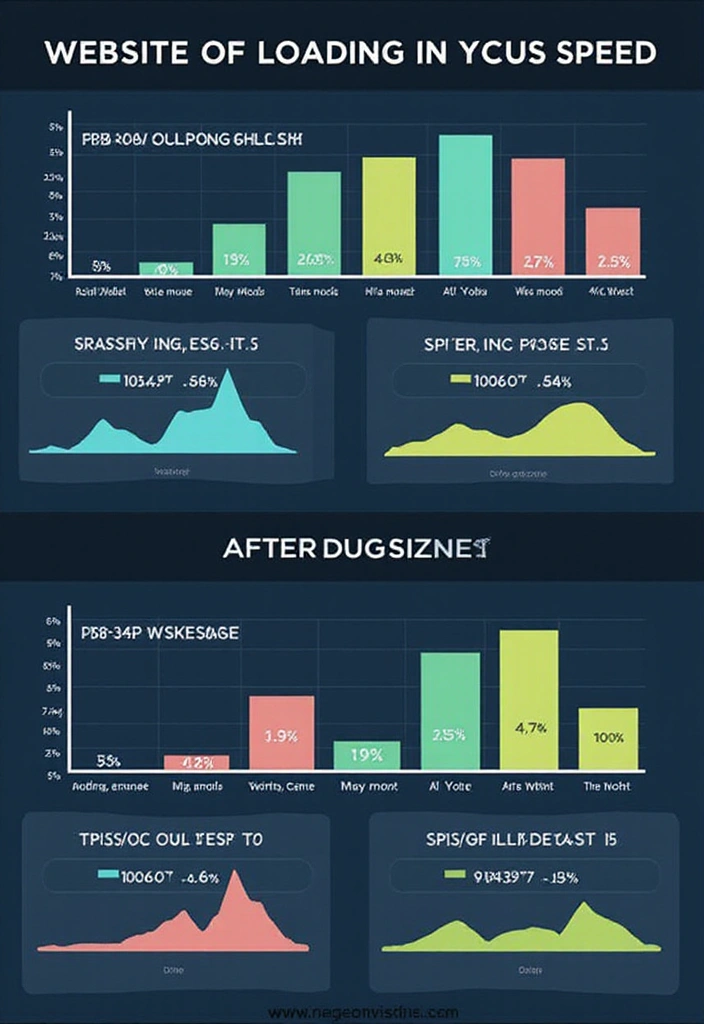
Page load speed is crucial for user experience and SEO. Slow loading pages can drive visitors away and increase bounce rates. Aim for a load time of under 3 seconds.
To help you optimize your page load speed, consider using tools that can pinpoint issues and provide solutions. For instance, image compression tool can help you compress images and other media, which is essential for reducing load times.
Additionally, monitoring your website’s performance with the website performance monitoring tool can give you insights into your server response time and overall efficiency. This device can detect various performance metrics, allowing you to make informed decisions about necessary adjustments.
Another effective strategy is to leverage browser caching. A great option for this is the browser caching plugin, which can significantly enhance your site’s loading speed by storing frequently accessed data.
By implementing these solutions, you can improve your page load speed, boost your SEO rankings, and provide a better experience for your visitors.
15. Use Engaging Visuals
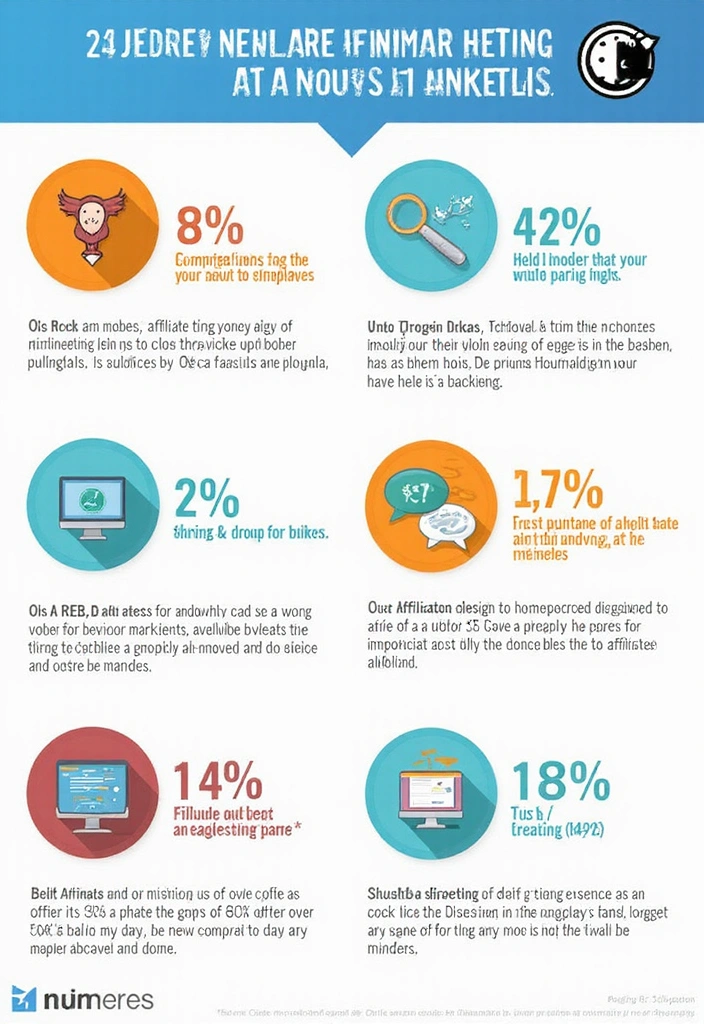
Visuals significantly enhance user engagement, making your content more appealing and shareable. Incorporating high-quality images, infographics, and videos throughout your site can create a more dynamic experience for your audience.
To help with this, you might consider getting a Canva Pro subscription. This tool allows you to create stunning visuals that complement your content effortlessly. It’s user-friendly, so you can start designing eye-catching graphics without needing extensive design skills.
When incorporating visuals, remember to:
– Ensure all images are optimized for size and loading speed to improve site performance.
– Include descriptive alt text for SEO benefits, which helps search engines understand what your images are about.
– Utilize infographics to simplify complex information, making it easier for your audience to grasp key concepts.
Engaging visuals can lead to higher user retention, shares, and conversions, so investing in tools like Canva can be a game-changer for your affiliate marketing efforts.
16. Write Compelling Meta Descriptions

Meta descriptions are your chance to make a strong first impression on search engine results pages. Craft compelling, concise descriptions that include your target keywords and encourage clicks.
Aim for around 155 characters, and keep it clear what users can expect from your page. Some tips include:
– Using action words to prompt clicks.
– Highlighting unique selling points of your content.
– Avoiding duplicate meta descriptions across pages.
To enhance your copywriting skills, consider picking up Copywriting Secrets: How Everyone Can Use the Power Of Words to Get More Clicks, Sales and Profits . . . No Matter What You Sell or Who You Sell It to!. This book offers invaluable insights into crafting words that engage and attract readers.
Additionally, utilize a Best Free Keyword Research Tool to identify effective keywords that can boost your meta descriptions and overall SEO strategy.
For further assistance in optimizing your content, check out Combinatorial Optimization: Algorithms and Complexity. This resource can help you better understand the algorithms behind search engines and how to tailor your content accordingly.
An engaging meta description can dramatically increase your click-through rates, driving more traffic to your site.
17. Encourage User-Generated Content

User-generated content can enhance your credibility and bring fresh perspectives to your site. Encouraging customers to leave reviews, share experiences, and contribute to discussions is vital. You can achieve this by creating a dedicated section for reviews on your website, which can be effectively managed using review management software by TECH X ROI. This tool helps streamline the process of collecting and displaying customer feedback, making it easier for visitors to see real experiences with your affiliate products.
Furthermore, consider sharing user stories on your social media platforms to increase engagement. This is where social media engagement tools can come in handy, as they help you interact with your audience more effectively and encourage them to participate in discussions or share their experiences.
To further inspire participation, running contests or asking for testimonials related to your affiliate products can be very effective. You might want to check out contest and giveaway kits, which provide everything you need to organize engaging competitions, including banners, entry forms, and voting cards. Highlighting top contributors with special mentions or rewards not only fosters a sense of community but also promotes trust in your brand.
This engagement strategy not only builds a loyal customer base but also drives more traffic to your site by showcasing authentic user experiences.
18. Optimize Your Images

Optimizing your images is often overlooked in SEO strategies. Large images can slow down your site, negatively impacting user experience and search rankings. To tackle this issue, consider using image compression software like the EQ and Compression Formula, which helps you compress images without sacrificing quality. This ensures that your site loads faster and retains users, ultimately improving your SEO performance.
Additionally, it’s essential to use descriptive file names and alt tags for your images. Incorporating relevant keywords into these elements can significantly enhance your search visibility. A great resource for finding the right keywords is the SEO keyword research tool that helps identify low competition long-tail keywords that you can use to optimize your images effectively.
A few best practices include utilizing formats like JPEG and PNG for the right balance of quality and size, and regularly auditing images to keep them optimized. Well-optimized images not only enhance your site’s performance but can also appear in image search results, driving additional traffic. By implementing these strategies and tools, you’ll be well on your way to maximizing the impact of your images in your affiliate marketing efforts.
19. Use Analytics to Refine Your Strategy

Data-driven decisions are key to successful affiliate marketing. Regularly reviewing your analytics is essential to understanding what’s working and what isn’t. By analyzing traffic patterns, conversion rates, and user demographics, you can make informed adjustments to enhance your strategy.
For a solid foundation in analytics, consider starting with the Google Analytics for Beginners Book. It will guide you through the basics and help you grasp the important metrics that drive your decisions.
Once you’re comfortable with the fundamentals, tools like Tableau Your Data!: Fast and Easy Visual Analysis with Tableau Software can take your analysis to the next level. This software allows you to visualize your data effectively, making it easier to spot trends and insights that can refine your content strategy.
Additionally, consider utilizing specialized tools like the Traffic Analysis Tools such as the BLE Wireless Transmission High Performance Analyzer. These can help you monitor and analyze traffic more deeply, giving you a clearer picture of user behavior so you can improve engagement.
With analytics at your fingertips, you can tailor your strategy to meet audience needs effectively, ensuring your affiliate marketing efforts deliver the results you desire.
20. Stay Updated on SEO Trends

SEO is an ever-evolving field, so it’s crucial to keep abreast of the latest trends and algorithm changes. Following industry leaders, reading blogs, and participating in SEO webinars can help you stay informed. For a solid foundation in SEO practices, consider picking up How to Get to the Top of Google: the Plain English Guide to SEO. This book provides clear guidance on the new rules of SEO, making it easier to navigate the complexities of search engine optimization.
Additionally, staying updated on trending SEO tools can significantly enhance your strategy. Subscribing to services like SEO 2025 offers insights into smart internet marketing strategies that are essential for adapting to shifts in consumer preferences and search behavior.
Finally, gaining access to webinar recordings such as 3 Months to No.1 can provide you with practical insights and proven tactics to improve your ranking on Google. Being proactive about your SEO knowledge ensures that you can adapt quickly and maintain your competitive edge, so you can drive traffic like crazy!
Conclusion

Implementing these 20 SEO tips can transform your affiliate marketing strategy, driving massive traffic to your site. Each tip is designed to enhance your visibility and engage your audience effectively.
The world of SEO can be complex, but with consistent effort and strategic planning, you can see real results. Keep learning, experimenting, and adapting to stay ahead in the game.
Note: We aim to provide accurate product links, but some may occasionally expire or become unavailable. If this happens, please search directly on Amazon for the product or a suitable alternative.
This post contains Amazon affiliate links, meaning I may earn a small commission if you purchase through my links, at no extra cost to you.
15 Refreshing Summer Salads That’ll Make You Feel Like It’s Always Vacation Time!


